I have created a spreadsheet that contains quite a large amount of data.
The plan is to consolidate this data into a readable email to be sent out weekly, each specific row of data is its own email.
I tried going directly from sheets to email, but frankly it never quite looked right, plus the idea was to have a document template, where we could easily update the body without messing with code.
So I decided to write a email template in DOCS, set out a table, then have a script that copied the email template and updated the table with the row of data the script was looking at, then send it via email.
The code works great, but there is one little snag, the table never quite copies over to the email properly.
Below is are images of how the table is formatted in the email compared to the format in the template.

I just can not figure out how or why the format does not carry over.
I have also listed my code below, any help or advice on how I achieve the correct formatting would be appreciated.
UPDATE;
I have updated the question to show the code where we find the url of the document and convert to HTML,
var classArray=[];
//get html from Doc
var subject= row[30];
var forDriveScope = DriveApp.getStorageUsed(); //needed to get Drive Scope requested
var url = "https://docs.google.com/feeds/download/documents/export/Export?id="+newID+"&exportFormat=html";
var param = {
method : "get",
headers : {"Authorization": "Bearer " + ScriptApp.getOAuthToken()},
muteHttpExceptions:true,
};
var html = UrlFetchApp.fetch(url,param).getContentText();
//docs uses css in the head, but gmail only takes it inline. need to move css inline.
//DOES NOT HANDLE HEADER CLASSES (eg h1, h2).
var headEnd = html.indexOf("</head>");
//get everything between <head> and </head>, remove quotes
var head = html.substring(html.indexOf("<head>")+6,headEnd).replace(/"/g,"");
//split on .c# with any positive integer amount of #s
var regex = /\.c\d{1,}/;
var classes = head.split(regex);
//get class info and put in an array index by class num. EG c4{size:small} will put "size:small" in classArray[4]
var totalLength = 0;
for(var i = 1; i < classes.length; i++){
//assume the first string (classes[0]) isn't a class definition
totalLength = totalLength + classes[i-1].length;
var cNum = head.substring(totalLength+2,head.indexOf("{",totalLength)); //totallength+2 chops off .c, so get what's between .c and {
totalLength = totalLength + 2 + cNum.length //add .c and the number of digits in the num
classArray[cNum] = classes[i].substring(1,classes[i].indexOf("}")); //put what's between .c#{ and } in classArray[#]
}
//now we have the class definitions, let's put it in the html
html = html.substring(headEnd+7,html.indexOf("</html>")); //get everything between <html> and </html>
var classMatch = /class=\"(c\d{1,} ){0,}(c\d{1,})\"/g
//matches class="c# c#..." where c#[space] occurs any number of times, even zero times, and c#[no space] occurs after it, exactly once
html = html.replace(classMatch,replacer); //replace class="c# c#..." with the definitions in classArray[#]
//make the e-mail!
GmailApp.sendEmail(row[31], subject, "HTML is not enabled in your email client. Sad face!", {
htmlBody: html,
});
function replacer(match){
var csOnly = match.substring(7,match.length-1); //class=" has 7 chars, remove the last "
var cs = csOnly.split(" "); //get each c#
var ret = "style=\""
for(var cCount = 0; cCount < cs.length; cCount++){
ret = ret + classArray[cs[cCount].substring(1)];
}
return ret+"\"";
}
})
}
